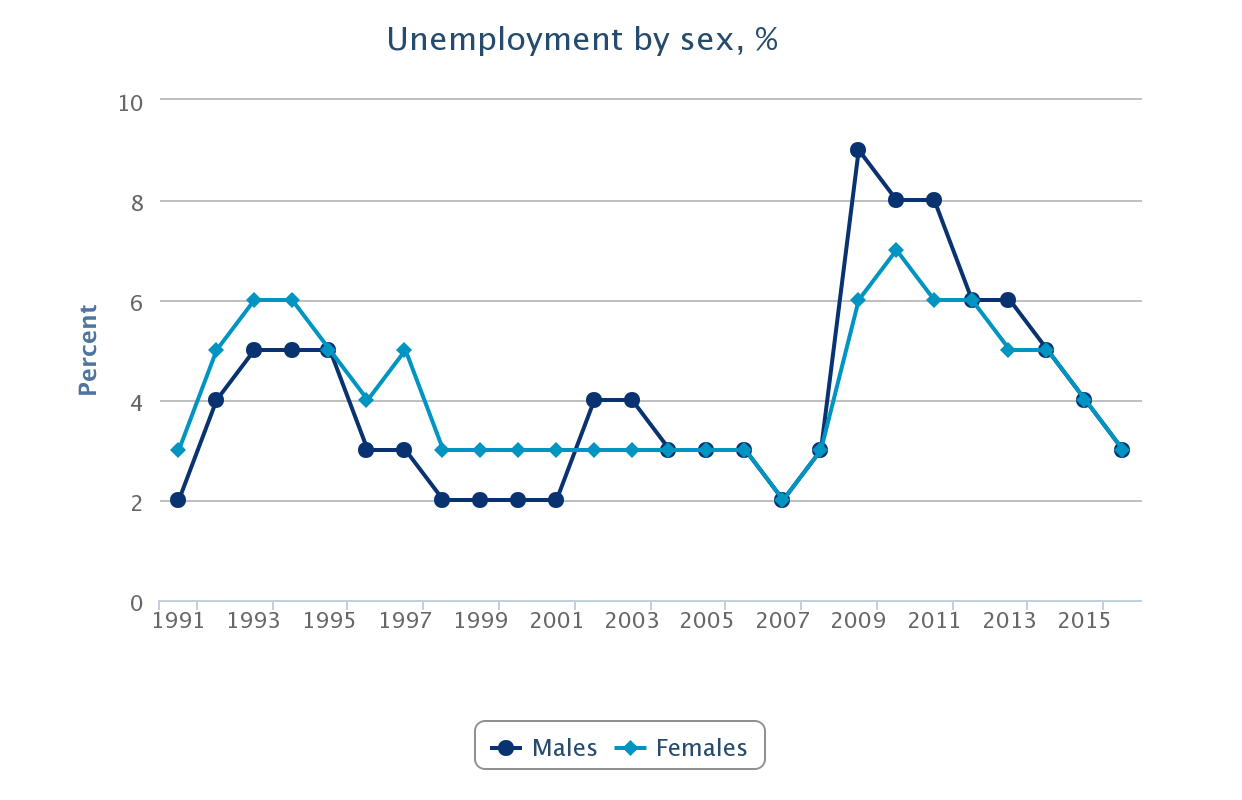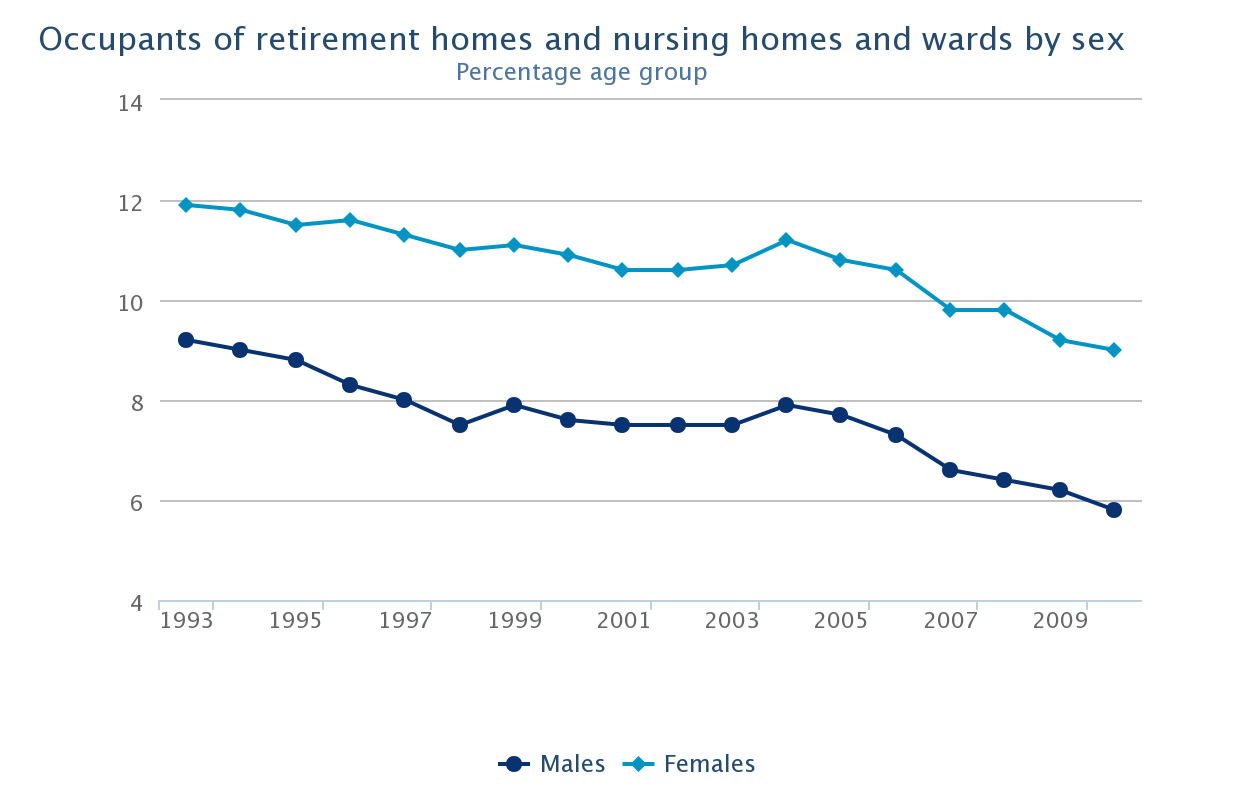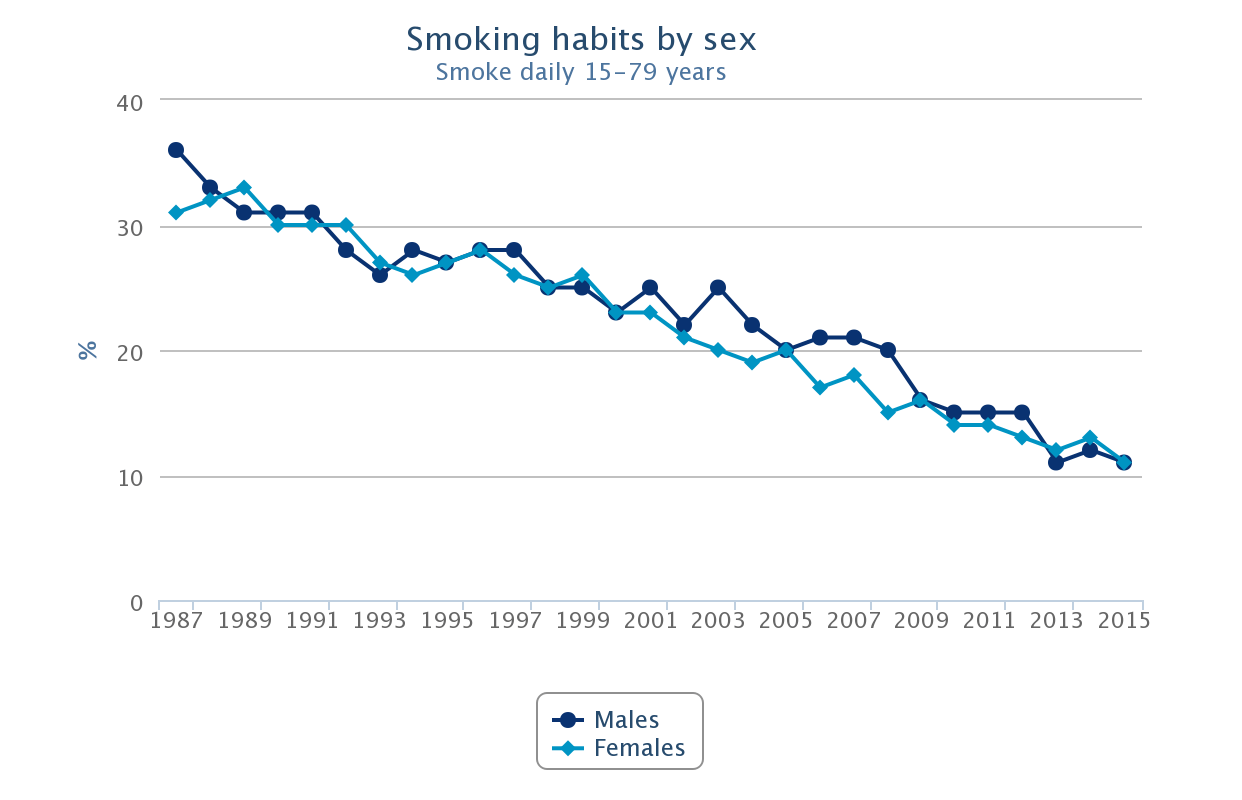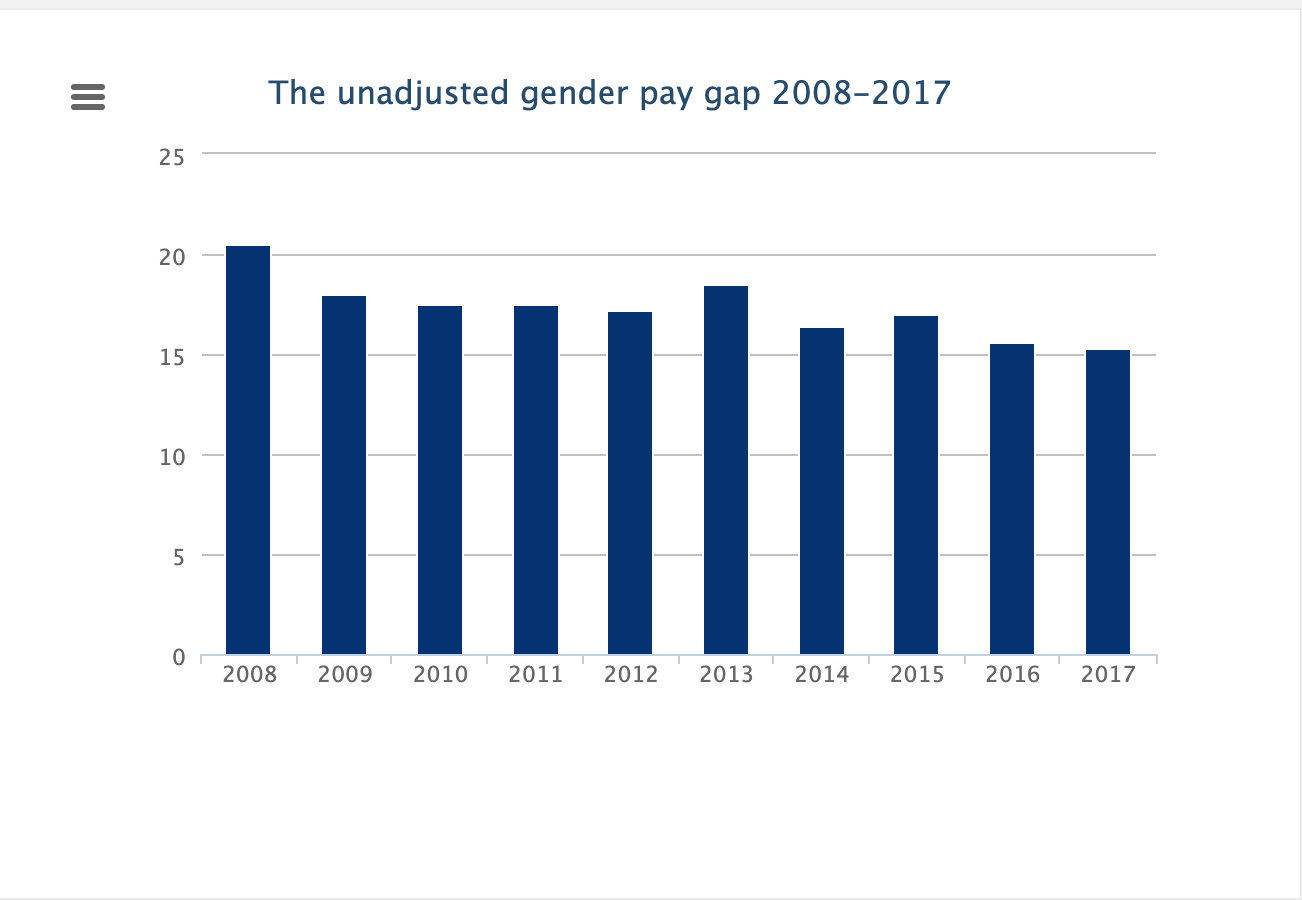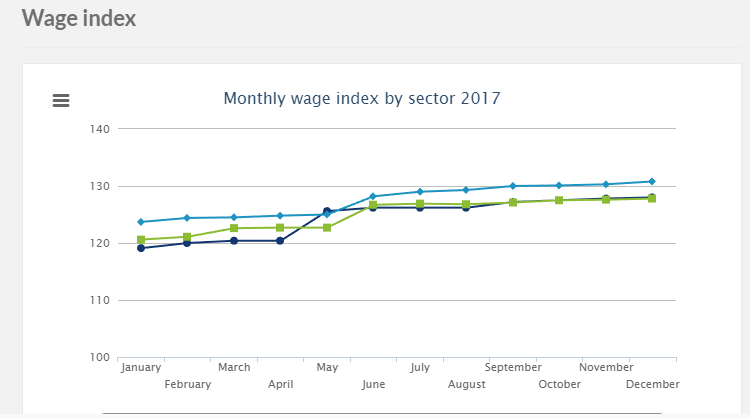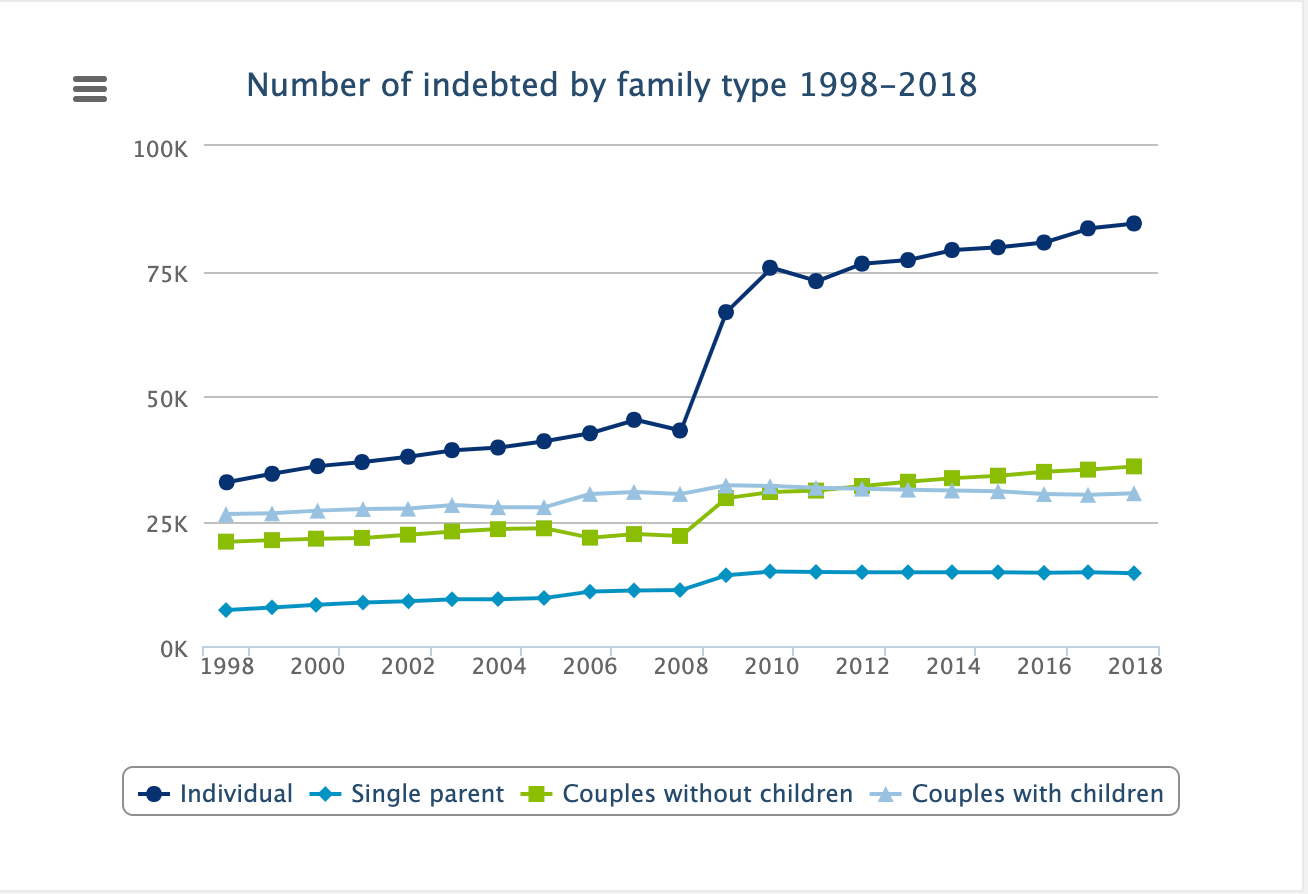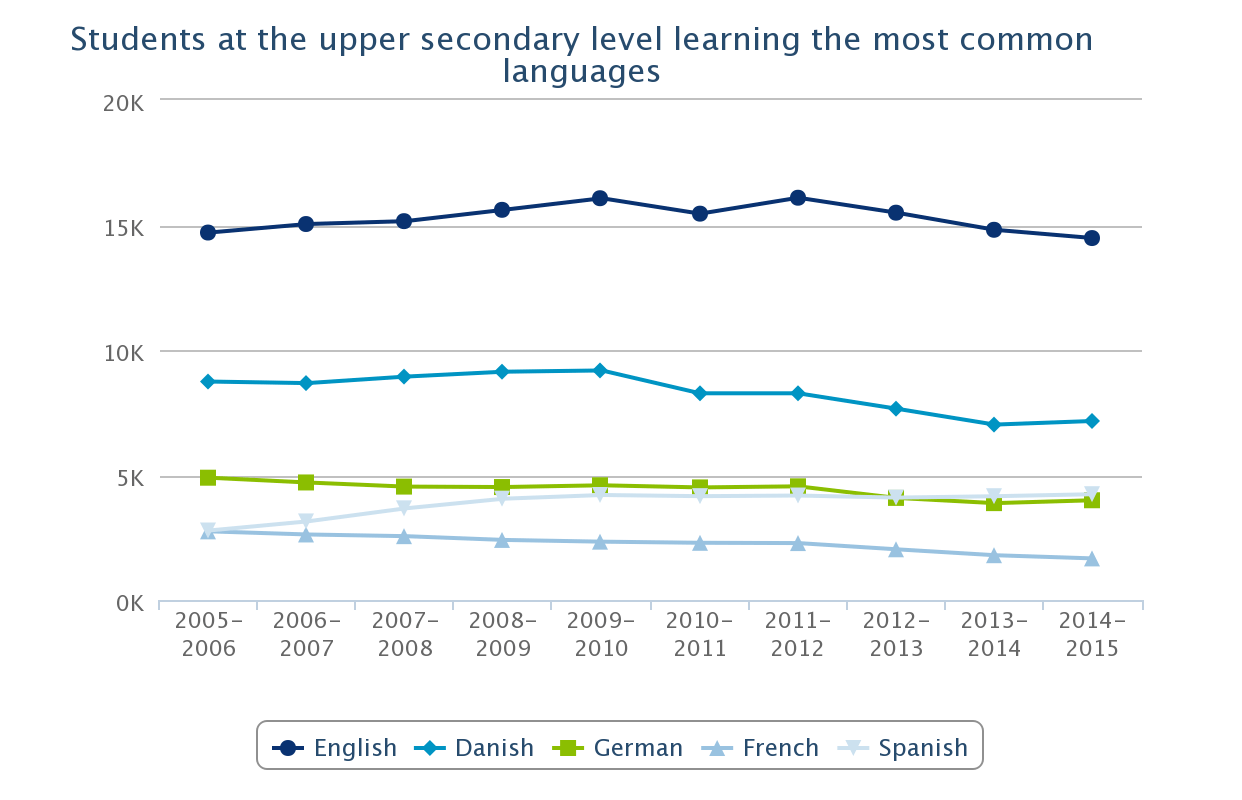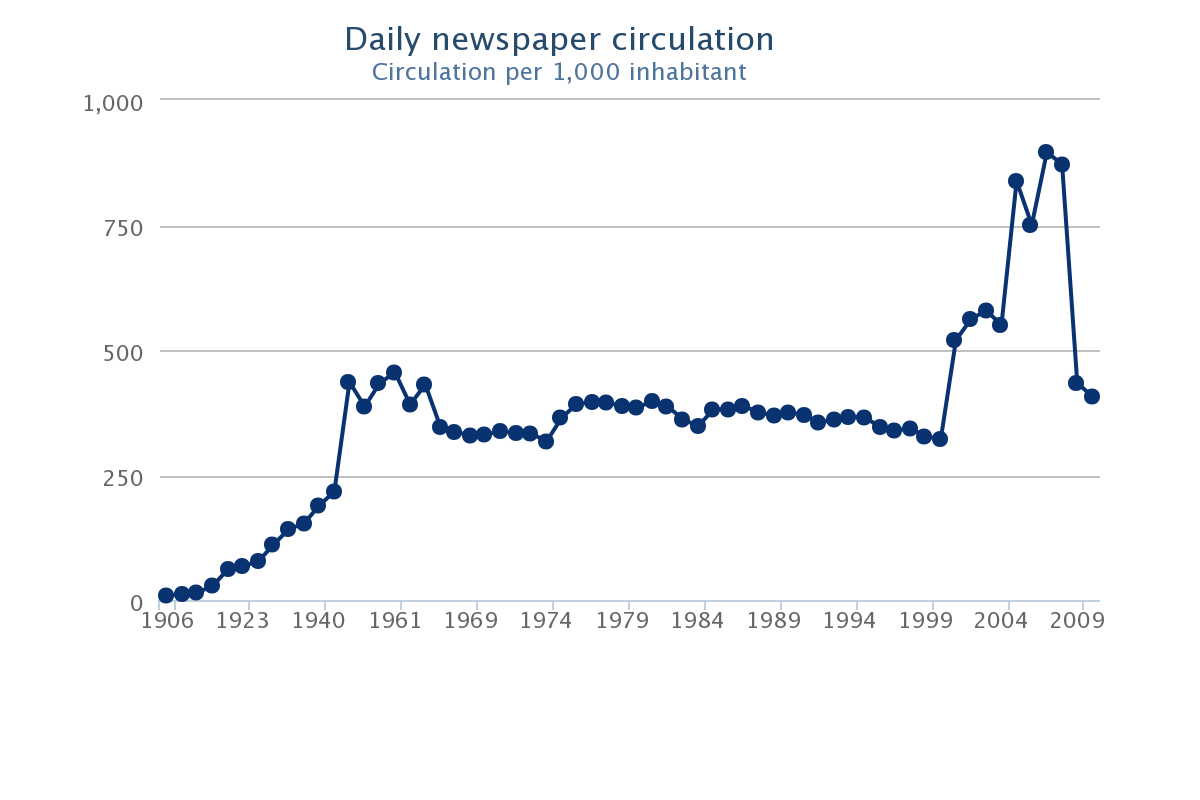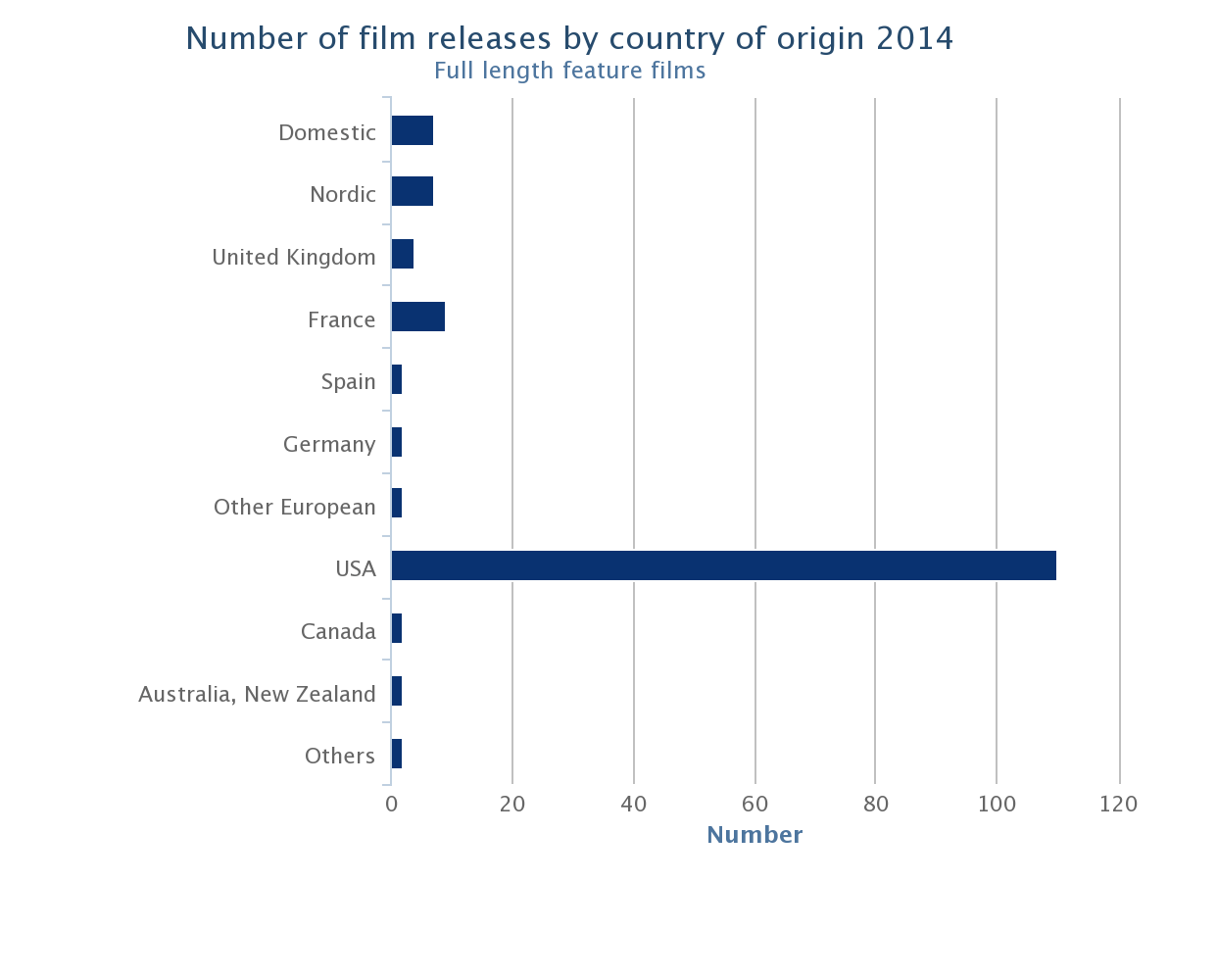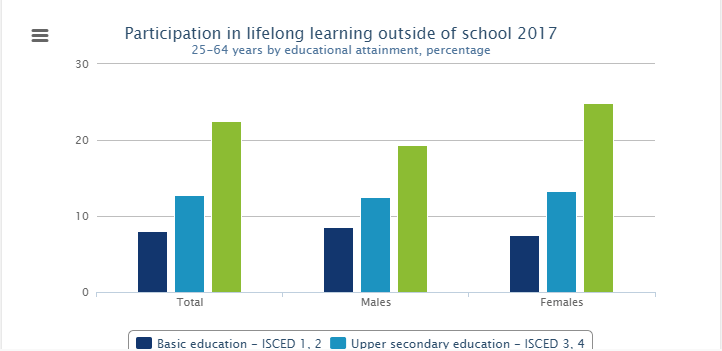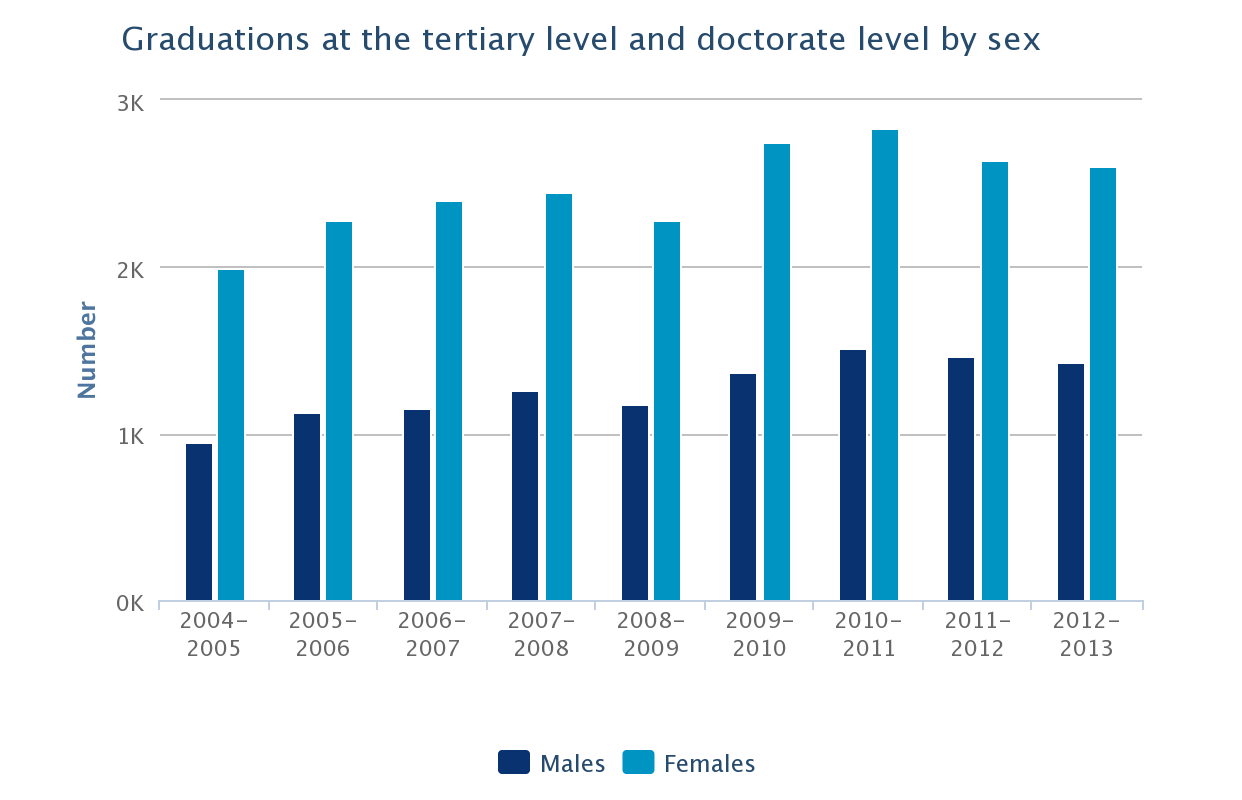Society
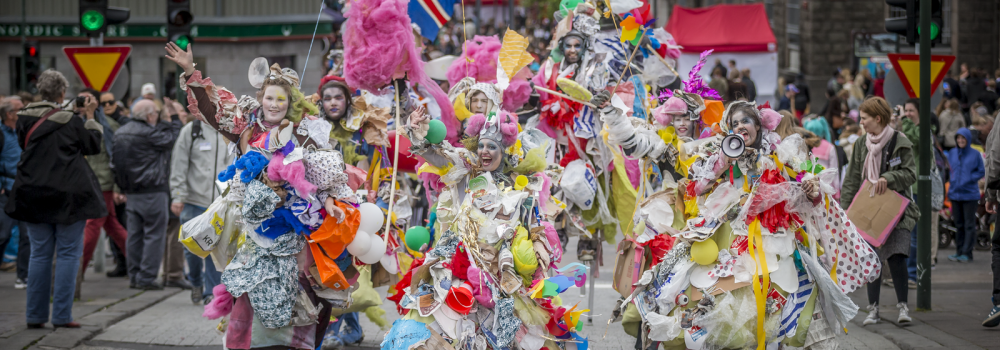
Labour market
Education and culture
 Culture
Culture
- Two new religious organisations recognised in 2023 02/02/2024Two new religious organisations were recognised in Iceland in 2023, Ahmadiyya Muslim Community and Parish of St. Bartholomew the Apostle. Figures have been updated.
- Experimental statistics: Success ratio in culture funds higher among legal entities 28/09/2023In 2022, 70% of applications to three major culture funds came from own account workers, 10% came from legal entities and 20% from private individuals. Meanwhile, the success ratio was highest among legal entities.
- Number of museum guests increased by 12% between 2020 and 2021 27/09/2023A total of 1.8 million guests visited museums and related activities in 2021, increasing by 12% from 2020. Proportionally the number increased the most at nature museums, by 54%. The number also increased at art museums and fish museums but for history museums the number decreased by 13%.
- Publication on museums and related activities postponed 13/09/2023Publication of a news release on museums and related activities 2021, which was scheduled today Wednesday 13 September, has been postponed until further notice.
- Operating revenues in cultural and creative industries 126 billion ISK in 2021 10/05/2023Operating revenues in cultural and creative industries were 126 billion ISK in 2021, increasing by 5.6% from 2020 (numbers are adjusted for inflation). The operating revenues were highest for film and TV, or 22% of the total amount.
 Education
Education
- Higher completion rate in upper secondary education 23/07/2024More than 64% of new entrants at the upper secondary level of education in 2018 had graduated in 2022. The completion rate, i.e. the proportion of new entrants who have graduated, has never been higher since Statistics Iceland began publishing data on new entrants in 1995.
- Fewer students at the upper secondary and tertiary level in the autumn of 2023 02/07/2024There were 43,446 students at levels above compulsory education in Iceland in the autumn of 2023, a decrease of 618 students from the previous year, or 1.4%. There were 71 fewer students at the upper secondary level and 601 fewer at the tertiary levels of education, while the number of students at the post-secondary non-tertiary […]
- More teachers without a teaching licence in compulsory schools 11/06/2024During the school year 2023-2024 18.7% of teaching staff were without a licence, the highest proportion since 2002. The number of teachers without a licence increased by 132 from the autumn of 2022.
- Increasing number of foreign pupils in compulsory schools 30/04/2024There have never been as many pupils in compulsory education in Iceland as in the autumn of 2023, or 47,507. The number of pupils increased by 392 from the previous year, or by 0.8%. The main explanation for the increase is the number of migrants to Iceland.
- Highest number of graduates at the tertiary level 18/03/2024There were 5,458 graduates with 5,488 graduations at the tertiary level of education during the 2021-2022 school year, around 240 more than in the previous year (4.6%). Never before has the number of graduations with a master’s degree been higher, or 1,807. An increase of 5.0% from the previous year.
 Labour
Labour
- Experimental statistics: Skills forecast 2023-2038 10/07/2024Statistics Iceland publishes a new skills forecast for the labor market 2023-2038. The forecast provides information on the expected development of labor supply and demand by education categories and industries. The forecast is presented as numerical data. In addtion, graphical presentation of the forecast will be published by the end of the summer.
- The number of employed in May increased by 2.5% between years 05/07/2024In total, 224,500 individuals were employed in the Icelandic labour market in May 2024, according to register-based data. The number of employed increased by around 5,500 between years, which corresponds to an increase of 2.5%. The number of employed females in May was around 104,700 and the number of males around 119,700.
- Unemployment 2.5% in May 26/06/2024A total of 5,800 individuals were unemployed in May 2024 according to seasonally adjusted results from the Icelandic Labour Force Survey. The seasonally adjusted unemployment rate was 2.5% in May, the employment rate was 80.0% and the activity rate was 82.0%. The unemployment rate decreased by 1.2 percentage points between months while the employment was […]
- The number of employed in April increased by 2.4% between years 05/06/2024In total, 216,400 individuals were employed in the Icelandic labour market in April 2024, according to register-based data. The number of employed increased by around 5,100 between years, which corresponds to an increase of 2.4%. The number of employed females in April was around 100,900 and the number of males around 115,400.
- Unemployment 3.6% in April 24/05/2024A total of 8,500 individuals were unemployed in April 2024 according to seasonally adjusted results from the Icelandic Labour Force Survey. The seasonally adjusted unemployment rate was 3.6% in April, the employment rate was 79.7% and the activity rate was 82.7%. The unemployment rate decreased by 0.9 percentage points between months while the employment rate […]
